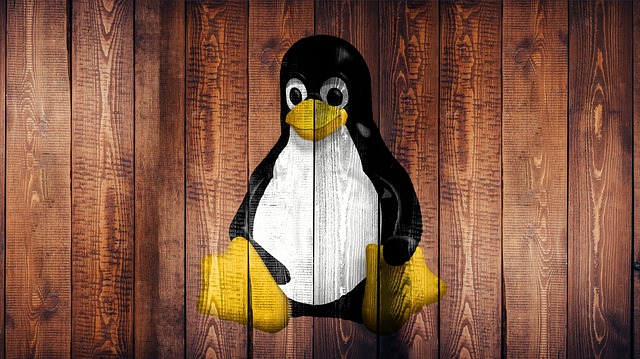Caveats When Switching To Linux

This post started as a reply to @jrswab's post, How To Make The Switch To Linux, but quickly got out of hand and became its own post. Basically, I would add a few caveats to his instructions...which you should read!
First, as he points out, Linux is customizable, but it is important for beginners to understand it is not just a matter of opening up a control panel and clicking some buttons. It can involve downloading several different components, installing them in different places using different tools, i.e. GUI installers and commands issued in the terminal, only to find something may not look right on your particular distro. After I reached the "Wipe The Old Operating System" step @jrswab mentions, I soon adopted the "install it, touch it as little as needed, leave it alone" step. I finally figured out why Apple does not make it easy to change the appearance of macOS!
As for dual booting. If you are using a UEFI Windows laptop my suggestion is that you make a recovery thumb drive for Windows, and skip the dual boot step altogether. It is a nightmare! Let me say that again, it is a nightmare. Not worth it. Skip it. Move on. Do not mess with it. Some laptops are worse than others, but you will quickly find that it is not worth it. If you must run Windows, you are better off using VirtualBox to run it in a virtual machine from within Linux. Use The Google. Type in your laptop, your distro, dual boot, and UEFI. Nightmares will ensue.
That leads me to my final caveat. It is not always as easy as just finding software to replace what you use (the same mantra I used to hear twenty years ago when people were trying to get me to switch to Mac pre-OS X). There are some platforms that may be so interwoven into your life that this is not an option. For me, that was Dropbox. Now the problem is not that Dropbox does not have Linux support, it is that Dropbox simply cannot have support for every Linux distro. If you have a specific platform or app that you must have, Google it with the specific distro and version info you are planning on using. You may find it is not compatible in which case you will need to either do some major tinkering which breaks the rule of do the minimum needed, or find another distro.
It took me some work to get VirtualBox working on certain distros as well, and my online backup solution only sort-of works with Linux meaning I am currently not backing up my entire system until I find another solution for my Linux laptop. Also, while I appreciate open source software, the simple fact of the matter is that it is almost universally not as polished. If you want your software to look pretty, you may not enjoy Linux.
After using Linux for a couple of months I have found it to be like most things in tech (maybe just most things in life) it has pros, cons, haters, and fanboys. I just finished setting up the family's Mac Mini after it was borked by an update to macOS High Sierra (as I said, pros and cons), and I have to say that I remembered some things I missed, but I was surprised to find that I was also glad to get done and get back to my low end laptop running Linux. At the same time, there is something to be said for the refinement of macOS. On the other hand, there is not much to be said for Windows.
Bonus tip one: if you switch to Linux (or already use GIMP on another OS) check out Krita. I have always had a love/hate relationship with GIMP. Now I have no relationship with GIMP.
Bonus tip two: do not get bogged down in the distros. Pick one toward the top of the list at distrowatch.com to start with. It will have a larger support community and is more likely to work with existing software. I can see myself eventually moving to Debian, but after trying distro after distro, the simple fact is that Ubuntu is ubiquitous in the Linux world, and a good place to start.
Bonus tip three: learn to use the terminal. Frankly, it will become almost a necessity if you are using Linux, but it will increase your productivity and eventually you will probably have at least one terminal window open at all times...especially if you are messing with development of any kind.
Bonus tip four: watch some introductory videos on The YouTube about the Linux file system structure, using the terminal, etc.
Suggestion for all beginners, check out Linux MX. (This comes from someone using Manjaro)
And don't scare potential converters :-) with terminal. Eventually many will start using it, but for those that are sick of Windows spying and slowing down the system over time, don't worry about the terminal. You can do all you need with the mouse. Linux MX: https://mxlinux.org
I have not used that particular distro, but if it is good for beginners and will work with their requirements it is a win. I think "You can do all you need with the mouse." is a little bit optimistic, but I suppose there could be use cases where that is the case.
I am not sure I would try to convert anyone to Linux except under very specific circumstances. Helping a bunch of family members and friends with different versions of Windows/hardware combinations can be difficult enough. Helping a bunch of family and friends with different Linux distros/hardware combinations might be better than shoving bamboo under your fingernails, but not by much.
nice one you just got an upvote from @emmy4great thank you